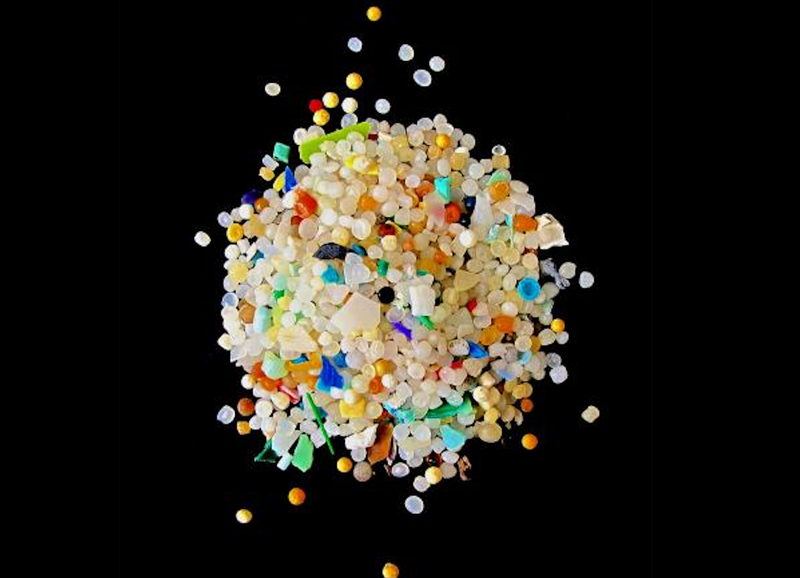Dogs exposed to household chemicals more likely to get cancer, study finds
Dogs exposed to household chemicals more likely to get cancer, study finds
Share:
Markers of bladder cancer found in canines with higher levels of exposure to chemicals such as flame retardants. Dogs with higher levels of exposure to chemicals in common household products are more likely to have bladder cancer, new research suggests, and that may also have implications for humans who live in the same homes and have genetic similarities to their pets. Duke University researchers affixed silicone devices that collected chemicals for five days on more than 100 dogs’ collars. The peer-reviewed paper targeted 120 chemicals, and found about 40 in at least half the pets, but the volume and number of chemicals dramatically increased in warmer areas.
Highly toxic flame retardants and phthalates that have frequently been used in household goods, and anthracene, a common air pollutant, showed among the most significant associations with markers of bladder cancer found in dogs’ urine samples. Many of the chemicals are ubiquitous throughout the home and environment. “When you start to look at these cumulative exposures to chemicals it starts to feel a little daunting, especially if you try to make changes and educated decisions about the things you purchase and take into your home,” said Catherine Wise, a Duke researcher and co-author.
She added that the findings highlighted the problem with the regulatory structure that considers chemicals’ toxicity in isolation. In reality, the cocktail of chemicals that dogs – and humans – are exposed to probably contribute to bladder cancer and other health problems, and the new study “strengthens the case” for researching and regulating multi-chemical exposures, Wise said. The most common exposure route is probably through dust. Chemicals can break or lift off of products, then end up on dust that is either breathed in or ingested. Previous research has also found dangerous chemicals can leach from plastic dog toys, and air or water pollution may be another source, though the latter was not measured by the study.
Among the strongest associations between chemical exposures and cancer were with a class of flame retardants called PBDE that are added to electronics or furniture. The chemicals were banned in 2004, but they may still remain in old products in homes. PBDEs are also highly persistent, meaning they can take hundreds of years to break down, so they can linger in the house long after products are removed.
Vinyl flooring is thought to be a major source of benzyl butyl, a phthalate that was commonly added to plastics. It was phased out of use of flooring in 2015, but can be in older floors, or in other products, like old kids’ toys. Air pollution may also contribute to the problem. Anthracene, a toxic PAH, is a common combustion product, and typically found at higher levels in industrial areas or around major roads.
Dogs who lived in hotter areas probably showed higher levels because many of the chemicals are at least partially volatile and off-gas from products at higher rates in the warmth. And those dogs who were exposed to a broader range of chemicals also showed higher levels, suggesting a cumulative effect. It is impossible to fully reduce exposures because of the chemicals’ ubiquity, Wise said, but she recommends taking inventory of products you buy and picking something to change to reduce the number of chemicals you are exposed to over the long term. Toxic chemicals are often added to fragrances, so Wise recommends buying fragrance-free household products. Dusting with a damp rag or using a vacuum with a Hepa filter could help reduce exposures.






















